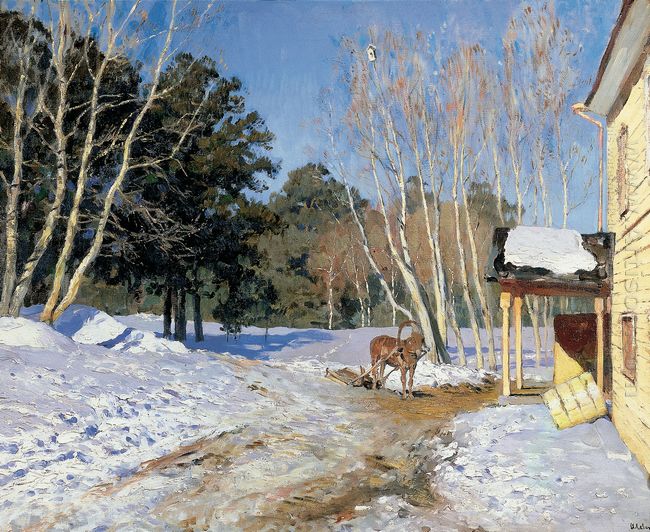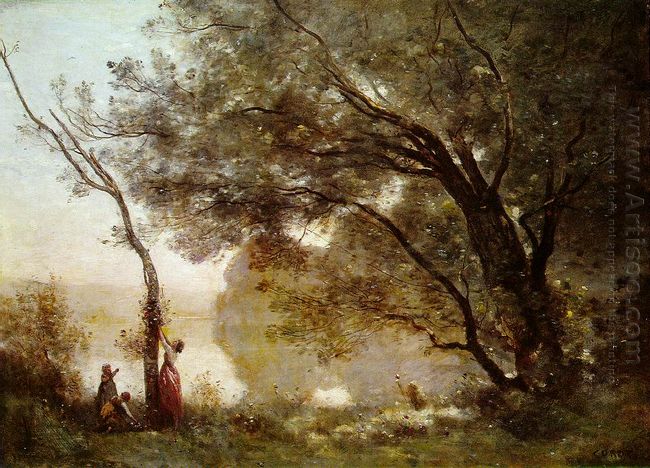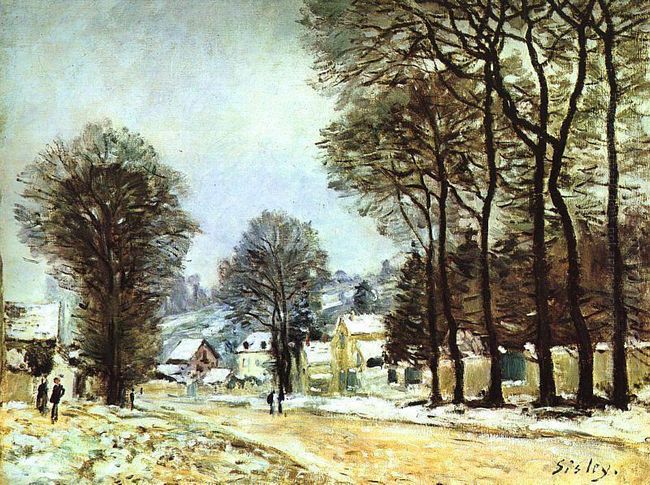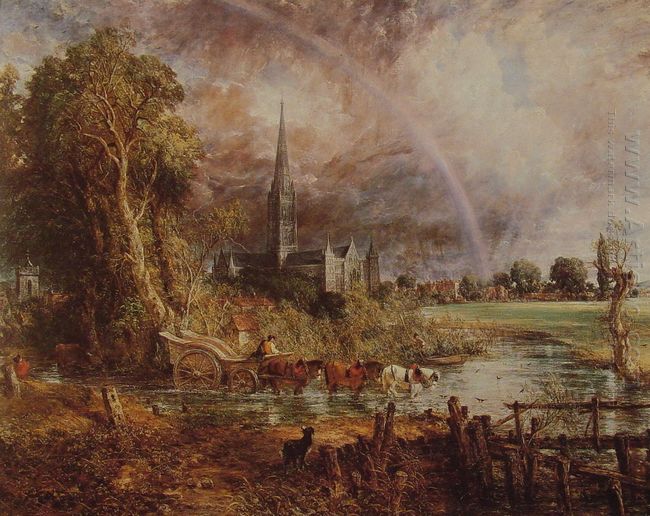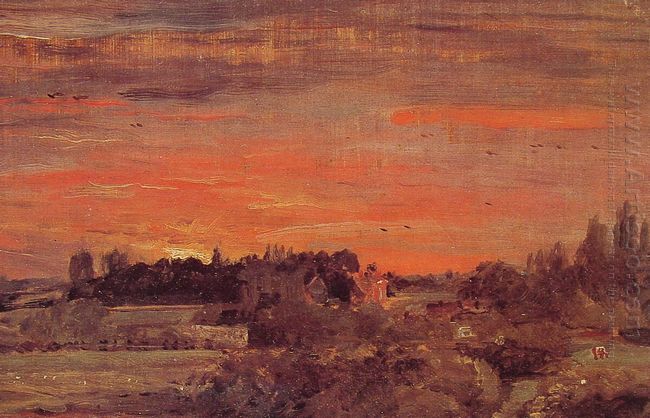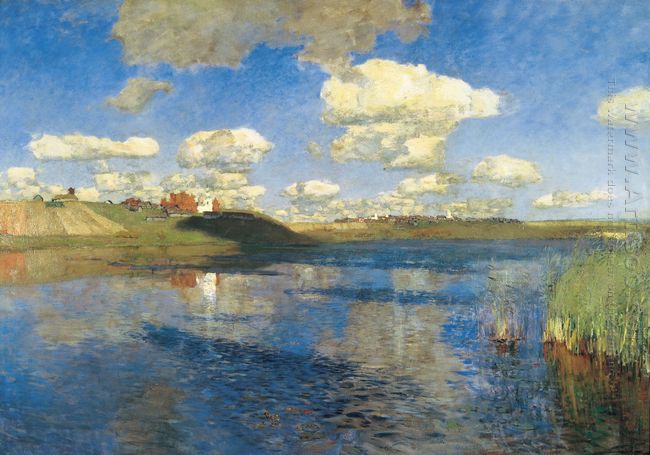In 1890s, more and more people required Russian movement against autocracy and social progressives were unusually more active. In the last ten years of this life, Levitan painting style also changed and his works were full of vigor and the prospect of hope. In the landscape painting of March, while the earth was covered with the thick snow, the stems of the white birches were still bare, the sky was so blue that it could intoxicate people. Everything seemed to be so bright. The snow in the wooden roof had begun to melt, heralding the coming of spring.
The British poet Shelley had a poem: “If winter comes, can spring be far behind?” As long as the heart was full of hope, the goddess of fortune would come soon. The king of the short story Chekhov (he was the best friend of Levitan and they were buried together after their death) had a work called Grassland. There was a paragraph in it: “when one's pupils were focused on the deep blue sky, I did not know what the thought and the soul felt somewhat lonely. And I began to feel the desperate loneliness. Everything seemed to be so near, but now it became infinitely distant and to be of no value. The stars in the sky watched the earth for thousands of years; the boundless sky and cloud were indifferent towards people's short life, when you were alone with them and began thinking hard about their meaning, they would greatly press your heart in silence. The lonely feeling that waited for us in the grave came to mind. The essence of the life seemed to be the despair and fear.” This deep sorrow interpreted the artistic mood of March by Levitan.

